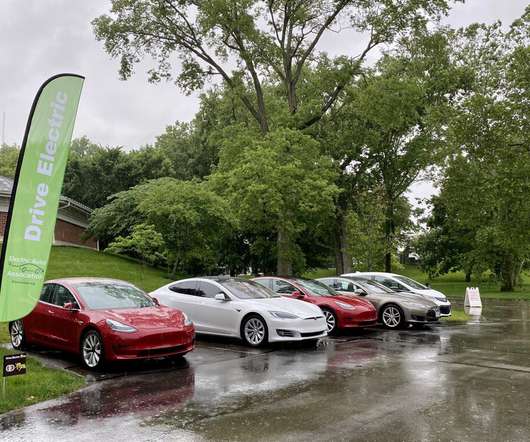Pike Research updates xEV forecasts; projects Ford to lead US PEV market, followed by GM
Green Car Congress
DECEMBER 21, 2012
Pike Research has published an update to its earlier forecasts on xEVs: hybrid (HEVs); plug-in hybrid (PHEVs); and battery electric vehicles (BEVs). As a result of new assumptions, Pike Research has slightly reduced its forecasts for plug-in vehicles (PEVs: PHEVs and BEVs combined) from past forecasts.
























Let's personalize your content